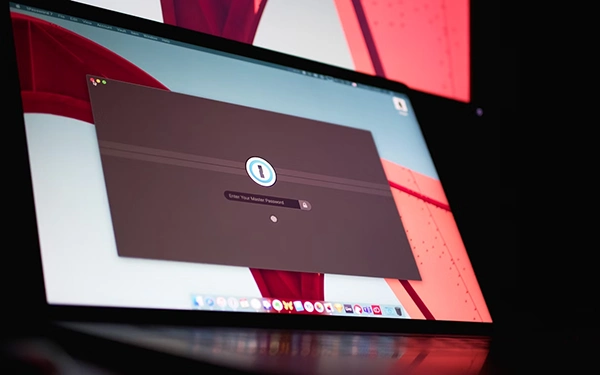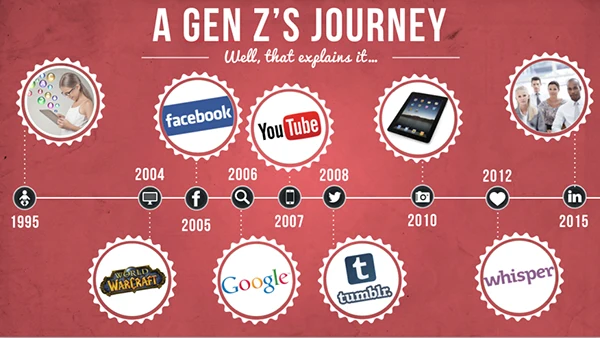It is important for protecting user data, maintaining trust, and preventing financial and reputational damage.

Did You Know?
According to Grand View Research, the Hyperconnectivity market is rising significantly, with the global market size estimated between $326.34 billion and $573.06 billion in 2024, and is now projected to grow between $1,218.63 billion and $2,673.49 billion by 2032.
In this world of hyperconnectivity, everyone is connected with the help of the internet, and a large amount of data is flowing through. This makes it essential for the developers to build a safer app. Otherwise, cyberattackers may steal confidential information of the user and, unfortunately, misuse it.
But developers have the power to protect users against these threats, providing a more secure and safer platform. In this article, we will take a look at the considerations every developer must think of to build safer apps for hyperconnected generation.
KEY TAKEAWAYS
- Identify the common threats, such as malware, phishing, ransomware, etc., to integrate security measures accordingly.
- From threat modelling to continuous monitoring, integrate security into every stage.
- Use tools like WAFs, RASP, EDR, and SIEM to detect and respond to security threats in real time.
- Implement data minimization, explicit consent, and user control to build trust with users.
With more devices, there are even more attack points—and more data flowing through them. That makes the architecture that underlies every platform more important than ever. Smart, secure app development isn’t just about functionality; it’s about upholding people’s digital lives from the start.
Identifying these threats early shapes effective security strategies, defining which pipes to lock down first.
Security is meant to be a box checked at release. Now it’s poured in from Day One—shift-left style.
This integrated strategy treats security as a companion to feature development, not a slowdown.
Extensions aren’t endings—they’re just the start. Live apps need live protection.

Using these, teams can track user flows, track APIs, and system events to catch spikes, anomalies, or cross-border logins before those issues spiral into breaches.
FUN FACT
“Gen Z is considered the first hyperconnected generation, as they are born and raised in a world of the internet and connectivity. ”

Modern apps thrive on data, but that comes with heavy ethical and legal responsibility.
This approach builds trust. It shows users you are not just compliant—you are considerate.
APIs are the pipes of modern connectivity, and each one must be sealed tight.
An insecure API endpoint is a platform that hackers are eager to discover.
Tech is improving, but so are the threats. Developers must evolve, too.
Security isn’t static. Likewise, like user expectations, attacks evolve, and developers must propel themselves ahead.
A dreamlike yet realistic scenario:
SafeConnect links family devices—smartwatches, phones, tablets—for shared calendars and messages.
This approach wins trust and usage. Retention rates have increased by 40%, and user satisfaction ratings remain above 4.7/5.
Even with pure intentions, teams hit roadblocks.
| Barrier | Solution |
| Legacy code | Audit libraries, strip unused permission calls |
| Tight budgets | Highlight the cost of breaches vs. the investment in dev time |
| Patchwork laws | Build region-aware flows using feature flags |
| Team burnout | Automate security, share training materials |
Shift‑left practices help reduce the load, not worsen it.
Everyone takes on a part, from first sketch to last release.
Hyperconnectivity is our world’s acquisition—and its most severe risk. Apps should empower discovery, play, and connection, not function as doors to invasion.
Developers hold a specific responsibility. By introducing security into every decision—from code criteria and RASP to encrypting data and locking down APIs—they not only deliver features, but they uphold trust.
The next time you add a login suggestion or toggle an API permission, ask: What could go wrong here? Catch vulnerabilities early, embed security features now, and shape technological environments that are reliable, safe, and humane for users of all ages.
Because in a hyper-connected era, security is not optional; it is essential.
It is important for protecting user data, maintaining trust, and preventing financial and reputational damage.
Developers can prioritize strong authentication and implement all the safety measures, as well as monitor API usage.
AI enhances threat detection, improves response times, and automates security tasks to make sure your app is secure.
When developers ensure both user experience enhancement and protection against threats with the help of ideal strategies, they can effortlessly create a balance between security and usability.
